Finder on Mac is one of the most comfortable ways to get around your Mac and navigate through files and folders. Besides the essential functions that you see in the Finder, there are specific handy tools that can ease your file and folder navigation further.
That’s precisely what we are going to discuss today. I will explain how to reveal file path in the Finder on Mac to know the exact location of a file or folder that you are viewing currently. The process is quite simple and will take little more than a couple of steps. To make it even simpler, we have prepared the guide with steps and images to help you out, cruise around.
8 Ways to find the full file path on Mac
Every file on the Mac has a path that begins with the root directory. If you use the device frequently, you’ve most likely accumulated a large number of files and folders over time. Here’s how you can find file or folder paths on Mac.
1. From Finder Path Bar
The Finder Path Bar is the quickest and simplest way to see a file’s complete path. The whole path to your present location is displayed at the bottom of the window in Finder.
- Open the Finder app.
- Click View in the menu bar.
- Select Show Path Bar.
Alternatively, you can also use Option + Command + P keyboard commands to Show Path Bar. Plus, use the same commands to hide the path bar or open Finder → View → Hide Path Bar. Plus, you can just right-click and copy the file path.
Note: If the Status Bar is visible, the Path Bar will be seen just above it.
2. Finder context menu
While using the Finder context menu, you get an easy option to copy the full path of the file on your clipboard, which you can later paste anywhere as per your requirements.
- Launch Finder.
- Select and right-click the file.
- Press and hold the Option key from the keyboard.
- Select Copy [file name] as Pathname.
You can paste the file path anywhere you want to use it.
Note: When you’ll press and hold the Option key, Copy will change its name to Copy [file name] as Pathname.
3. Click Get info to show file path
In macOS, the Get Info procedure displays the file path in just two clicks. Check out the steps below:
- Go to Finder → right-click the file.
- Choose Get Info.
The file path is now shown in the Where section of the pop-up menu.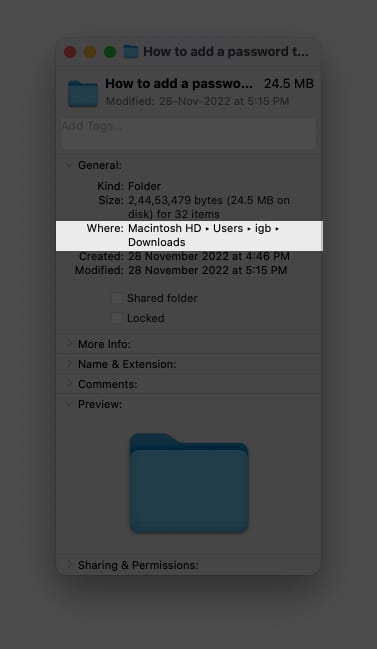
4. View file path from Finder title bar
This method can be used for files stored in a folder. You may not be allowed to copy the path while using this option, but the structure provided in the dropdown makes it simple to locate the file.
- Enter a folder stored in Finder.
- Right-click on the Finder title bar.
Now, you may see folders or locations in the dropdown menu; you can easily navigate to your preferred location from here.
5. Get full file path using Go to Folder
If the above methods were too nerve-wracking, then you may use this simple drag-and-drop approach using the Finder’s Go to Folder command to see file paths.
- Launch Finder.
- From the menu bar, select Go → Go to Folder.
- Drag the file to the path box to check its path.
Note: You need to have multiple Finder windows open to use this feature. You have to drag and drop from one window to another.
6. Using Spotlight
With only a few clicks, Spotlight allows us to search for and open anything on our Mac, but by following the instructions below, we can also use it to view the file paths.
- Launch Spotlight (Command + Space Bar).
- Search for a file name.
- Press and hold the Command key.
7. Using Automator
This small trick will be adored by shortcut enthusiasts! With the use of your Mac’s Automator, you can easily construct a variety of microservices that can carry out a wide range of tasks, like quickly obtaining any file’s file path. To make your own shortcut, follow these steps:
- Go to Spotlight → Automator.
- Choose Quick Action → click Choose.
- Change Workflow receives current to files or folders and into Finder.
- Choose Utilities from the Library section in the leftmost menu.
- From the left menu, double-click (or drag) Copy to Clipboard.
- Click File from the top menu → choose Save.
You can also press Command + S. - Rename shortcut → click Save.
Once you’ve created a shortcut, you can go to file → right-click → Quick Actions → [name of shortcut]. Now that the file path has been properly copied, paste it into a text editor to check the path.
8. Using Terminal
One of the most powerful tools on your Mac is the Terminal, but using the feature isn’t a piece of cake. If you’re comfortable utilizing the prompt, then check out the instructions below to use your device as a pro.
- Navigate to Launchpad.
- Open Terminal.
- Drag and drop the file into the Terminal.
You will be able to see its path. - Right-click and copy the path.
Make your Mac easy to navigate…
This feature didn’t need any technical know-how, and it should have been available to all Mac users by default instead of manually doing it. But maybe Apple had some other thoughts on it. Now that you know it, make sure you use it and reduce the stress of memorizing file path.
Check more:


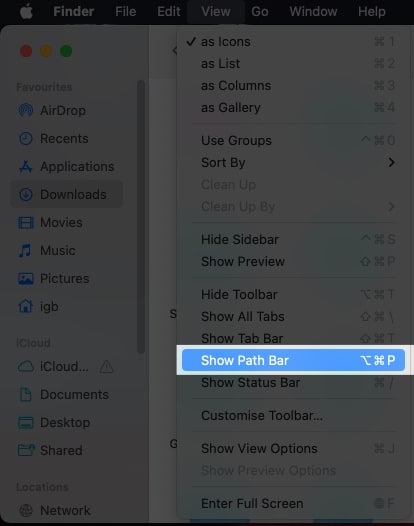
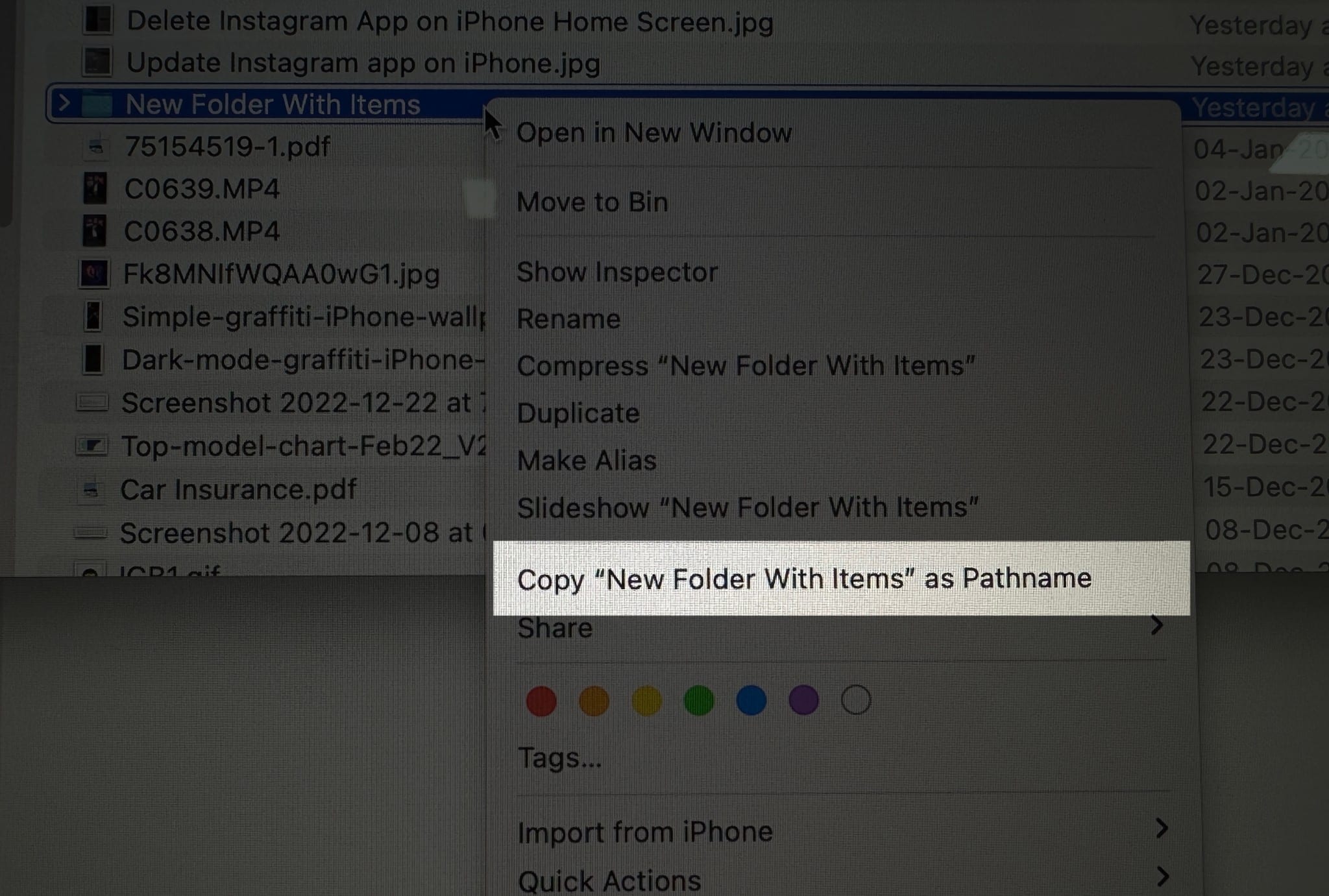
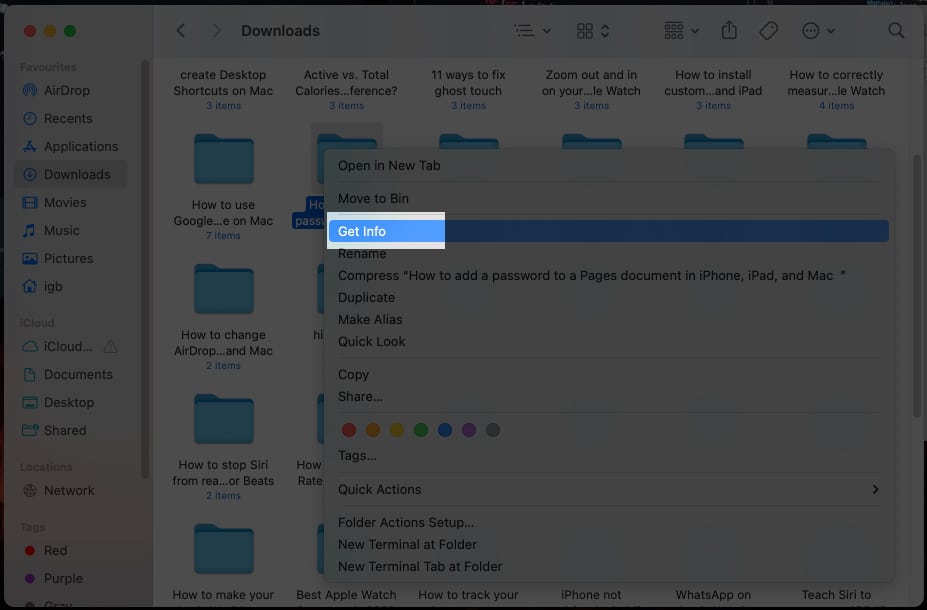
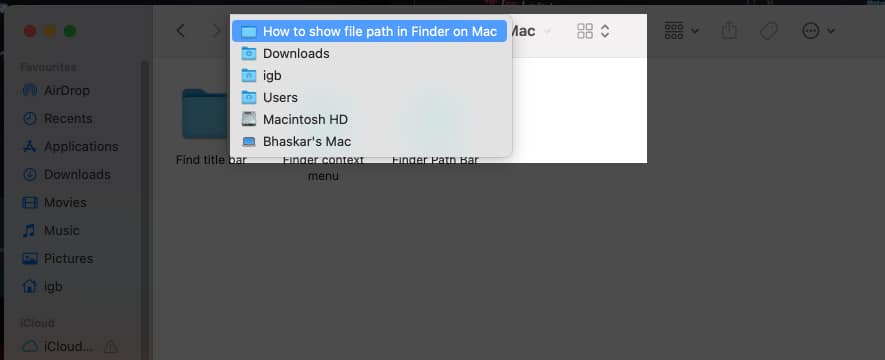
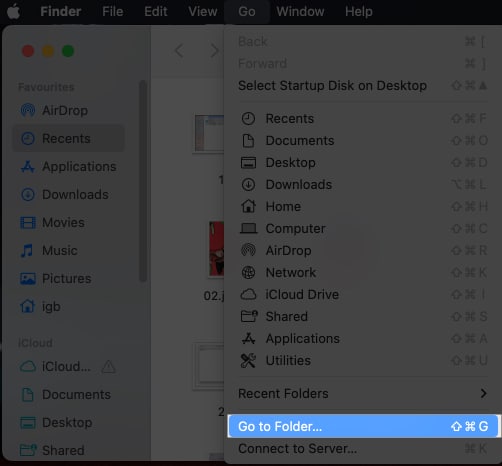
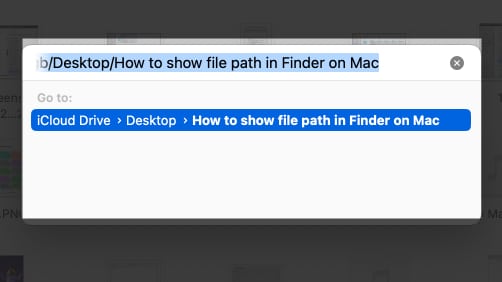
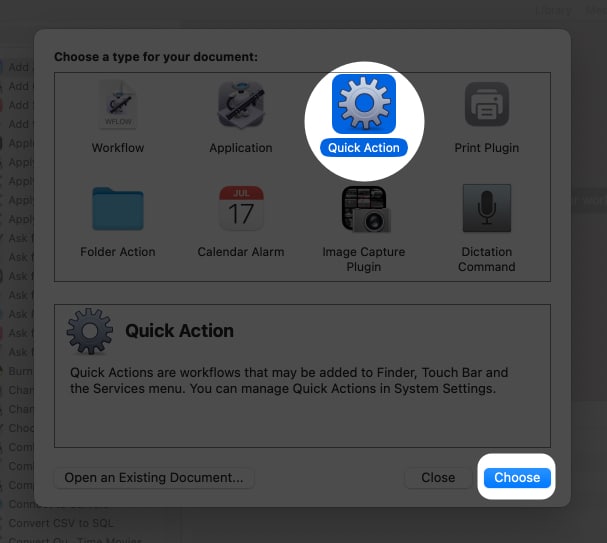
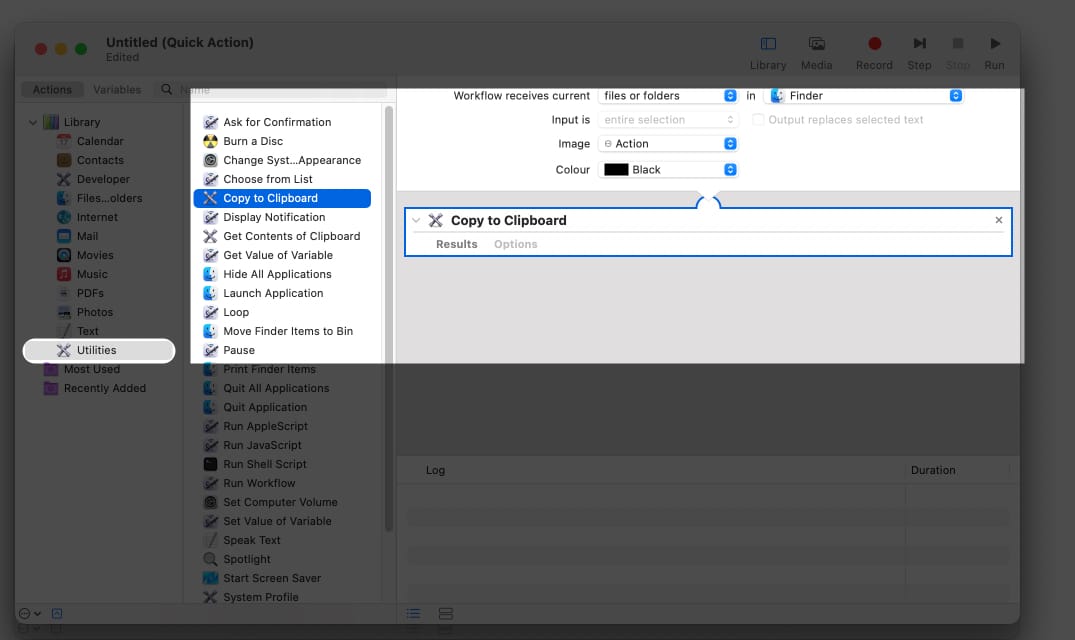
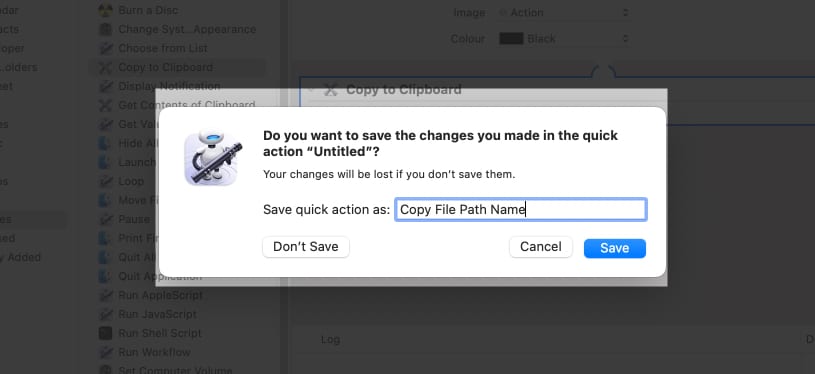








Leave a Reply